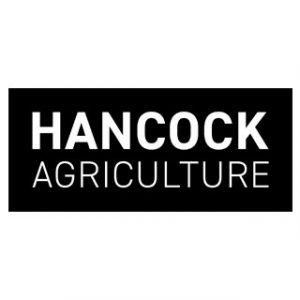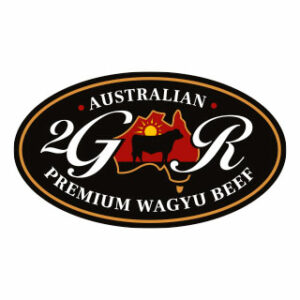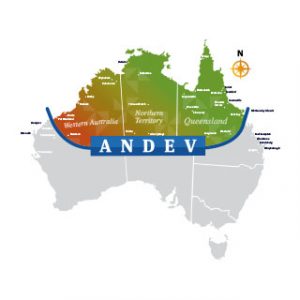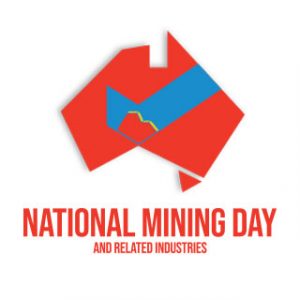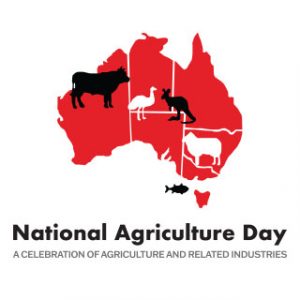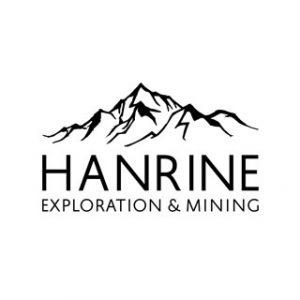
Article by Adrian Rauso, courtesy of The Nightly.
Gina Rinehart has lashed out at government green and red tape, warning Australia’s golden goose is at risk of being killed after the Albanese Government finally signed off on a plan for her Hancock Prospecting to build an iron ore mine in WA.
The $600 million McPhee project, in the State’s Pilbara region, was first referred for approval in early 2021 and was originally meant to produce its first ore in 2023.
Mrs Rinehart thanked her team for “years of efforts and persistence” to make McPhee a reality, but warned about excessive government red tape strangling the mining “golden geese”.
“Mines aren’t like wool that grow each year, they must be studied, invested in and developed if we want to be able to maintain living standards,” she said.
“According to the Minerals Council of Australia, of the mining projects we see in the pipeline now, about 80 per cent will be discarded — this is serious.
“There are other countries that have iron ore and other minerals, and investment will continue to move offshore, as we continue to see record business closures, upsetting many families, and falling standards of living affecting Australians across our country, six consecutive quarters so far.”
Her comments came after Environment Minister Tanya Plibersek last month overturned many approvals for a $1 billion gold mine in western NSW — effectively killing off the Regis Resources project — on grounds the development’s tailings dam would harm “confidential” traditions at a nearby spring.
It took nearly four years for that decision from the Environment Minister to be made. The move was lambasted by mining groups, many locals near the proposed mine, and even prominent Aboriginal leaders in the region — including former chair of the NSW Aboriginal Land Council, Roy Ah-See.
The McPhee iron ore mine was supposed to produce first ore last year but that milestone has now been pushed back until at least July next year.
Hancock chief executive Sanjiv Manchanda pinned the timeline blowout on years of regulatory delays.
“The McPhee project has a very small footprint, only 1.5 per cent of Australia’s current iron ore exports, and will use existing processing, railand port infrastructure,” he said.
“Yet (it) was referred for a long approval process in early 2021 and has experienced a multitude of challenges from changes to heritage legislation, and changes to Federal environment guidelines.
“Our staff, Mrs Rinehart and I are very pleased that after long and sustained dialogues at all levels we have achieved this important milestone.”
The mine is set to create 500 new jobs during construction and up to 300 new full-time positions once operational.
Ore from McPhee will be transported by road trains to Hancock’s flagship Roy Hill operation “to improve product mix and sustain Roy Hill’s production volumes”, the company says.
Investment will continue to move offshore, as we continue to see record business closures.
Gina Rinehart






